Media-ICT
01-CONTEXT
We approach the strategy of the Media-ICT following our knowledge: digital manufacturing processes, ubiquitous technology, cloud computing, off grid, self sufficient energy, distributed intelligence, ...
The context is very well explain following the words of the magazine Wired and Leonardo from MIT Press, 22@ is SOFT: today SOFT is HARD.
Media-ICTs architecture is an environment where SOFT becomes HARD.
02-PROGRAMME
The ground floor is open-plan and has a multi-media museum, Internet workshops, as well as the UOC institutes that are the fruit of this fabric, and an auditorium, workshop space, incubator spaces, a mix uses programme of 18.000 m2.
Media-ICT must attract Firms that are looking for Alignment with a Green City and a Smart city.
Experts call this type of model GGG - Global Green Growth.
03-PARAMETRIC DESIGN
Media-ICT is a Parametric Design application.
We think in terms of modules:
-The structure is a 5 m x 14.7 m module; false roofs are 30 cm modules; raised floors are 50 cm modules; everything is connected and related: the150 cm glass façade module is joined to the floor, to the module, with the 150 cm fluorescent module, the 300 cm radius façade sensors and so on and so forth.
We have studied the Soft for the building and its possible floor plans using AutoCAD software linked to Excel and a script programmed in Cloud 9.
The ratio of m2 distributed with regard to constructed m2, is 8%.
The result is a very COMPACT configuration.
References: Ford Foundation in New York, by Kevin Roche
04-CADCAM PROCES
What is a structure like in a DIGITAL environment?.
It is not about gravity, or mass, or tectonics, it is about connectivity,
Links - it is TENSILE, with ties.
Our construction is built from the top to the bottom.
Thus, its impact on the street is minimal, about 8% mass with respect to the 1500 m2 floor surface area.
We decided to invest 40% of the construction budget in the structure of the building.
We have designed this structure to be built using CADCAM digital processes, and digital manufacturing has produced 50% of the completed building.
05-PERFORMATIVE ARCHITECTURE
ENERGY EFFICIENCY of the Media-ICT: ETFE SKIN.
Media-ICT targets an achieves:
1-20% Co2 reduction due to the use of District cooling, clean energy.
2-10% Co2 reduction due to the photovoltaic roof.
3-55% Co2 reduction due to the dynamic ETFE sun filter.
4-10% Co2 reduction due to energy efficiency related to smart sensors.
Total 95% Co2 reduction, the Media-ICT is a NET building almost a net zero building.
DISTRIBUTED INTELLIGENCE means there are more than 500 sensors in the Media-ICT.
06-INNOVATION
This is our formula: Energy efficiency as a catalyst of innovation.
The building creates a vertical cloud of fog, increasing the density of the air of the ETFE cushions with nitrogen particles, the SF (solar factor) of the building goes from 0.45 to 0.10.
07-ECONOMY
This building has cost 24,5 million Euros and has a ratio of 1,234 Euros per m2 above ground level.

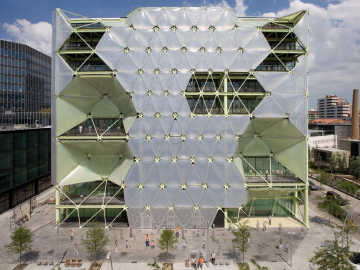
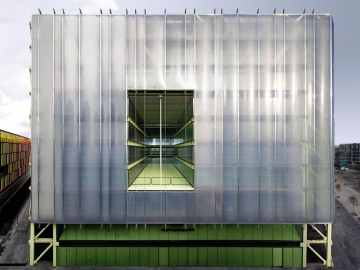

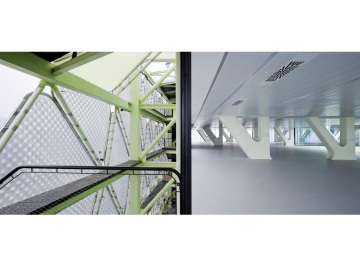
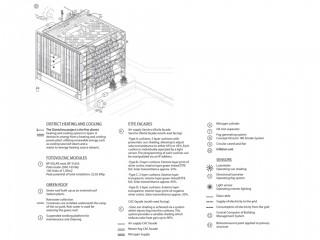

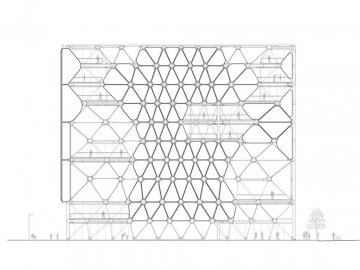
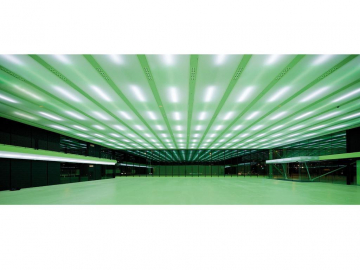
 copy.jpg)
 copy.jpg)